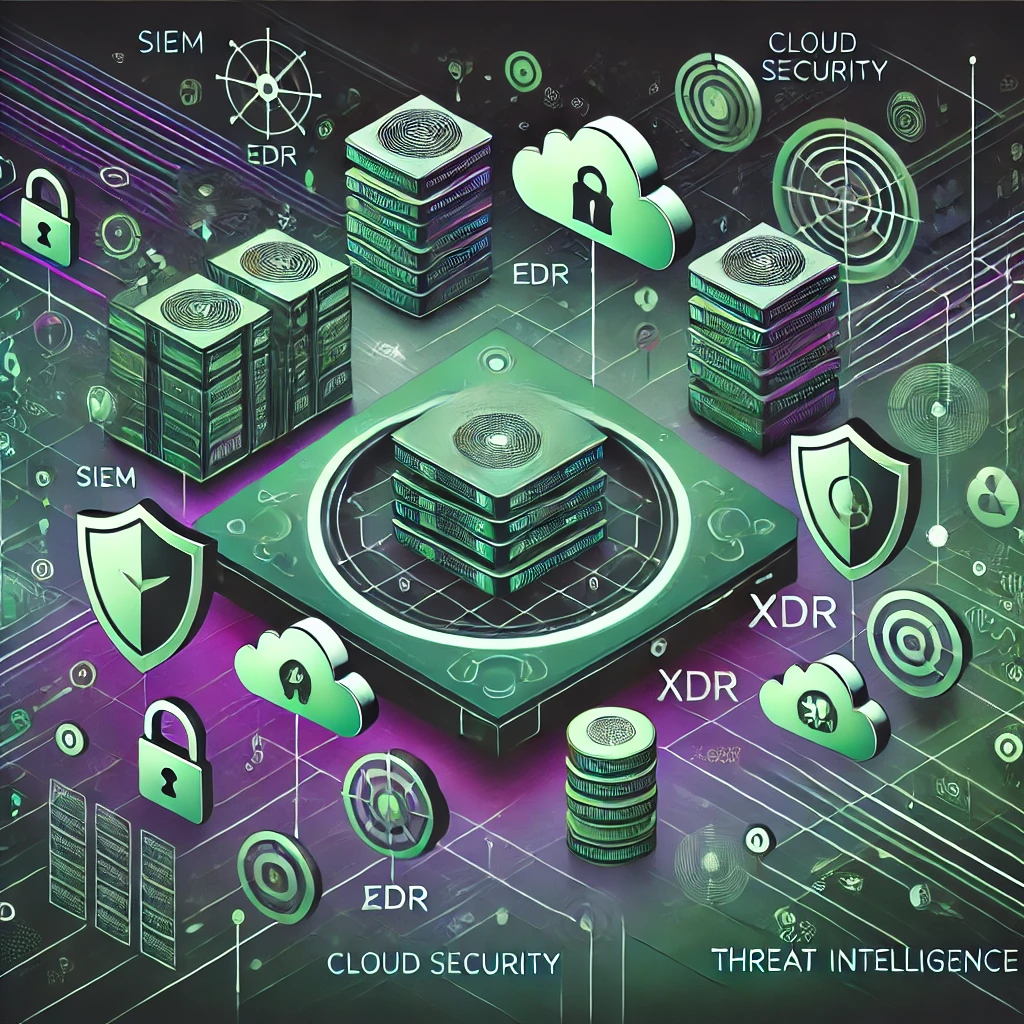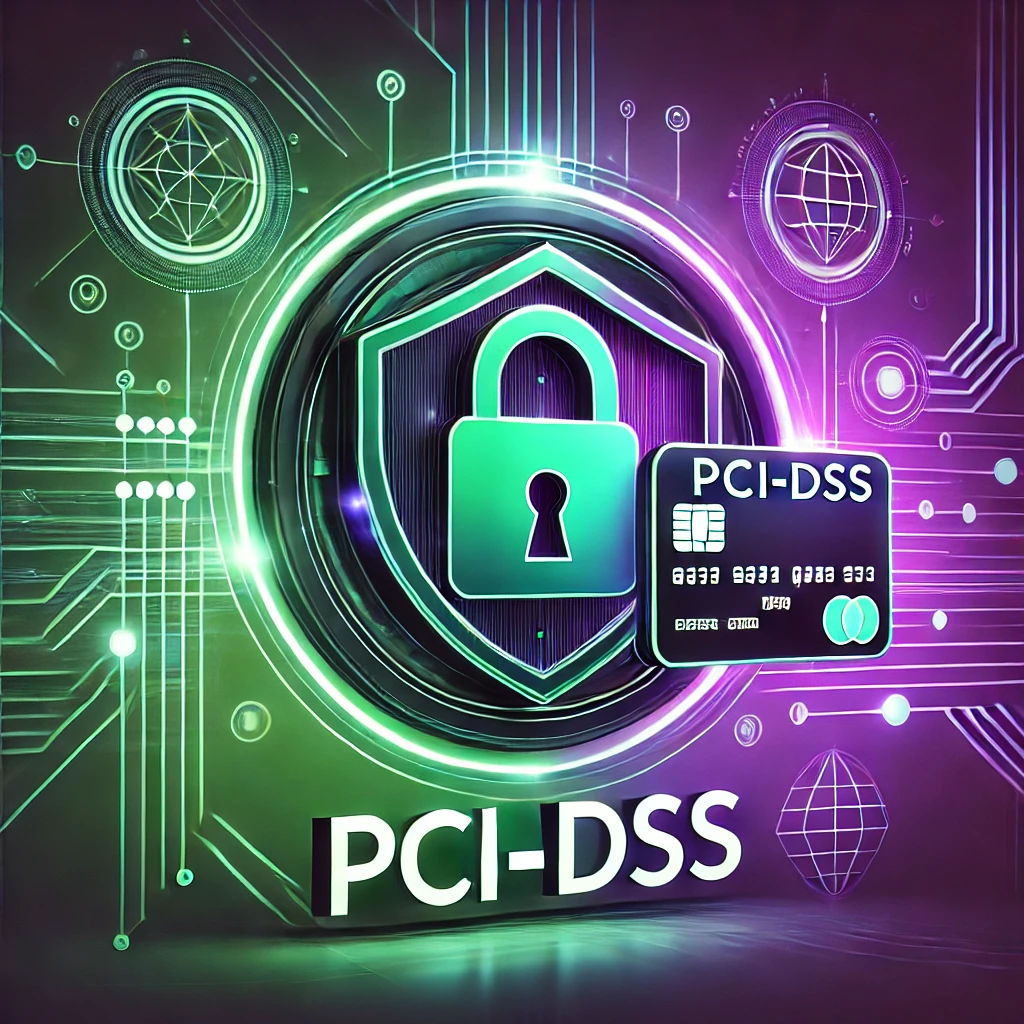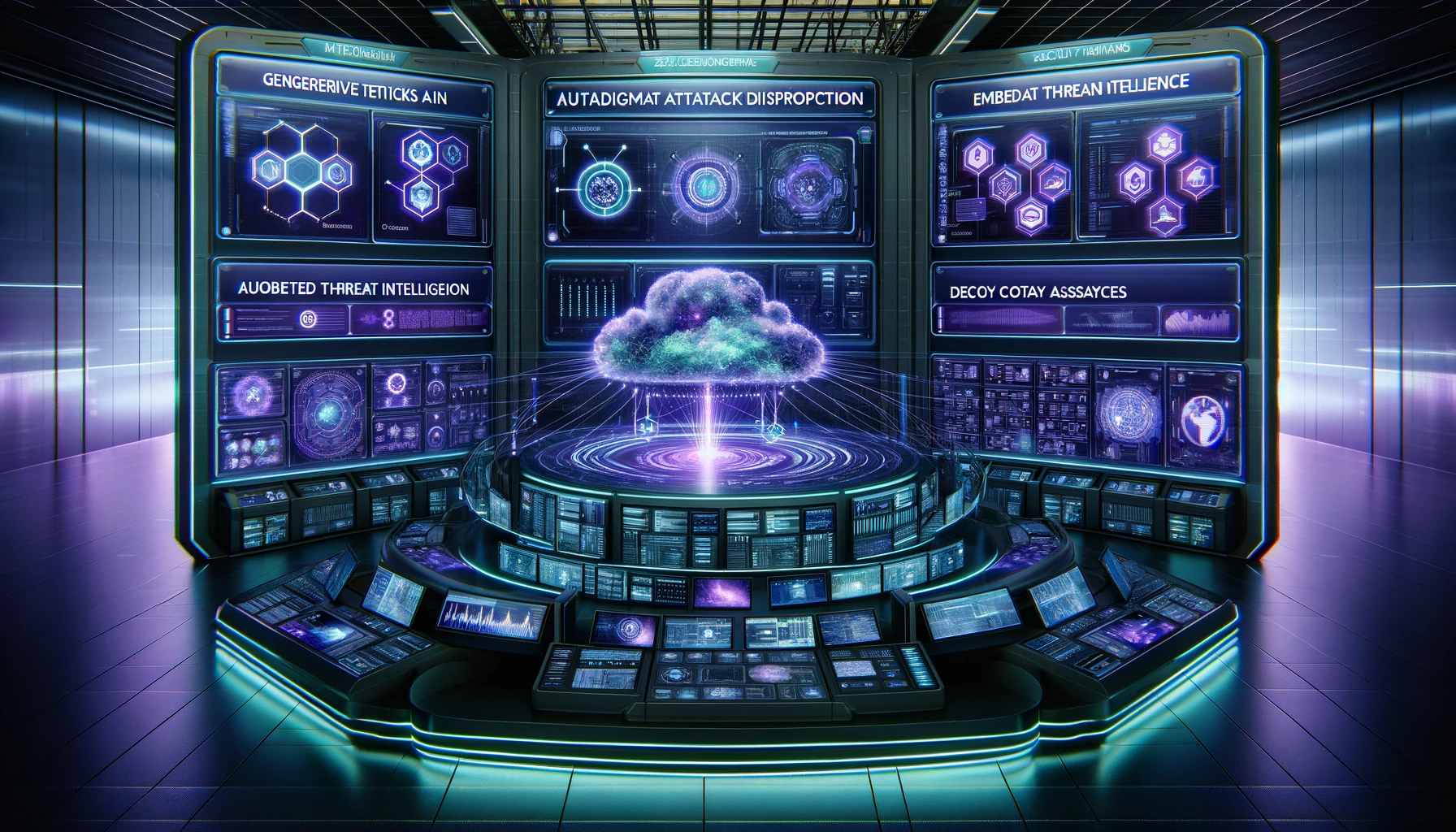Introduction
ISO 27001 is the internationally recognized standard for Information Security Management Systems (ISMS). Achieving compliance not only strengthens your organization’s cybersecurity posture but also demonstrates a commitment to protecting sensitive information. This guide explains the critical steps to move toward ISO 27001 compliance while ensuring all cybersecurity and security requirements are met.
Understanding ISO 27001 and Its Importance
Key benefits of ISO 27001 compliance include:
• Enhanced risk management.
• Compliance with legal and regulatory requirements.
• Strengthened customer trust and competitive advantage.
Key Requirements of ISO 27001
To comply with ISO 27001, organizations must address the following core areas:
Risk Assessment and Treatment
- Identify, analyze, and evaluate risks to information security.
- Define risk treatment plans aligned with the organization’s risk appetite.
Information Security Policies
- Establish clear security policies to govern your ISMS.
Asset Management
- Identify and manage all critical information assets.
Access Control
- Implement measures to ensure only authorized personnel can access sensitive data.
Cryptographic Controls
- Use encryption and other cryptographic tools to safeguard information.
Physical and Environmental Security
- Protect physical infrastructure against unauthorized access and environmental hazards.
Operational Security
- Define processes to detect and respond to threats effectively.
Incident Management
- Develop a structured approach for responding to and recovering from incidents.
Compliance and Audits
- Ensure compliance with legal, regulatory, and contractual obligations through regular audits.
Steps to ISO 27001 Compliance
Step 1: Secure Leadership Support
ISO 27001 implementation requires commitment from senior leadership. Their support is vital for resource allocation and driving cultural change across the organization.
Step 2: Conduct a Gap Analysis
Evaluate your current security practices against ISO 27001 requirements to identify gaps. This analysis helps prioritize actions for compliance.
Step 3: Define the Scope of Your ISMS
Clearly outline which parts of your organization are covered by the ISMS, whether it’s specific departments, processes, or the entire organization.
Step 4: Establish a Risk Management Framework
Develop a risk management strategy that includes:
- Regular risk assessments.
- Risk treatment plans.
- Ongoing monitoring and review.
Step 5: Develop Policies and Procedures
Craft detailed policies and procedures to guide employees and stakeholders in maintaining information security standards.
Step 6: Implement Technical Controls
Deploy cybersecurity technologies to address identified risks, such as firewalls, intrusion detection systems, and endpoint protection.
Step 7: Train Employees
ISO 27001 compliance is not just a technical endeavor—it requires a security-aware culture. Conduct regular training sessions to educate staff on their roles in maintaining compliance.
Step 8: Monitor and Measure
Establish KPIs to track the performance of your ISMS. Continuous monitoring ensures potential issues are identified and resolved promptly.
Step 9: Conduct Internal Audits
Regularly review your ISMS to ensure it meets ISO 27001 standards. Identify areas for improvement before external audits.
Step 10: Engage an Accredited Certification Body
Choose an ISO-accredited certification body to conduct an external audit. Address any non-conformities identified to achieve certification.
Beyond Certification: Maintaining Compliance
Achieving ISO 27001 compliance is not a one-time event. Continuous improvement is a core principle of the standard. Regularly review your ISMS, adapt to new threats, and foster a culture of security within your organization.
Final Thoughts
ISO 27001 compliance is a critical milestone for organizations committed to information security excellence. By following a structured approach, addressing all cybersecurity requirements, and fostering a culture of continuous improvement, you can safeguard sensitive data, meet regulatory demands, and build trust with stakeholders.
Whether you’re starting your journey or refining your ISMS, adopting ISO 27001 as a framework ensures your organization is prepared for evolving cybersecurity challenges.
ISO 27001: Your Guide to Compliance
Need Expert Guidance?
Contact us today for professional assistance in achieving ISO 27001 compliance and fortifying your cybersecurity infrastructure.





